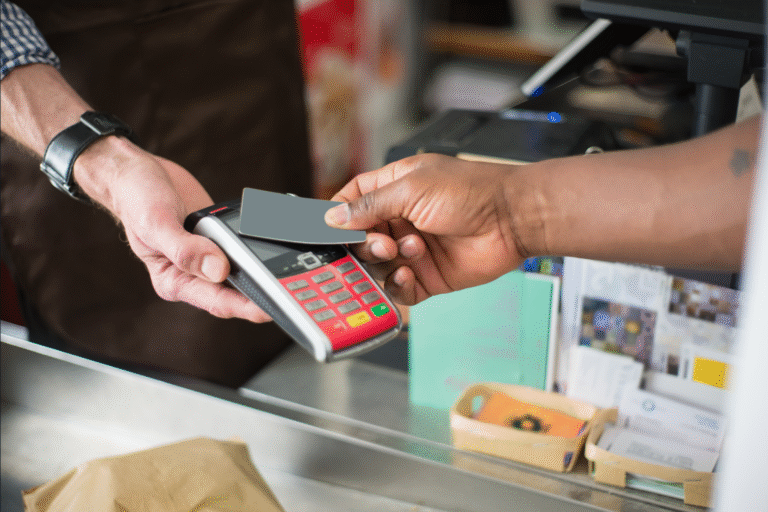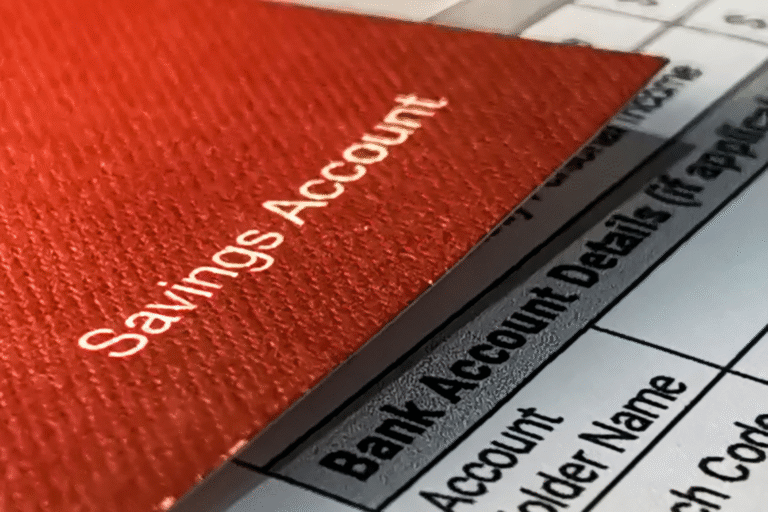How to save money fast in 2025
How to Save Money Fast: 15 Smart Ways to Boost Your Savings
For many Americans, saving money is one of the greatest risks to their financial security today. With rent, groceries, and other day-to-day expenses increasing, time is constantly locked into your finances, which will appear to be constantly locked into whatever you may want to prioritize to maximize the things you want to save. The truth is – you don’t always need a big income to save. However, you do need a plan and the right strategies to save money quickly.
Whether you want to build an emergency fund or pay off debt, or whether you have a short-term goal in mind – and you’re just ready to put that vacation, or that car down payment to bed – you can start saving right now. In this quick guide, you’ll be introduced to some practical tips on how to save money fast, and not feel deprived.
1. Track Every Dollar You Spend
To save money, you must first know where your money is going. You may use a budgeting app (such as Mint, YNAB, or PocketGuard) or even just keep track of your expenses using a notebook the old-fashioned way.
Example: you could earn $3,000/month and still feel that you are putting away a lot, but can’t figure out where $500 has gone. Once you begin tracking, you will find out (ok, probably!) that dining out, subscriptions, and impulse purchases are outflowing that cash during a given pay period. Once you see it, you will feel good about putting those items out.
2. Cut Unnecessary Subscriptions
In addition to the subscriptions you pay for, there are many subscriptions you do not even pay for, but have accumulated on your device, that silently eat up money every month.
- Go through your list of subscriptions monthly
- Cancel the ones you do not use
- Downgrade your plan (and share with family/friends, etc.)
Example: If you cancel two subscriptions you did not use that cost you $30 a month, you have now saved an additional $30.
3. Automate Your Savings
A simple way to save money is to pay yourself first. As soon as your paycheck comes in, set up automated transfers to a savings account.
- Start with 10–20% of your income
- Bump it up to a high-yield savings account (HYSA) to get a higher interest rate.
- Treat these savings as if it was a bill you had to regularly pay.
Example: If you automatically save $200/month, by the end of a year, you’ll have $2,400, and you won’t even have thought about it!
4. Use the 24-Hour Rule for Purchases
Impulse shopping is the enemy of savings, so start employing the 24-hour rule of waiting a whole day before buying non-essential items.
Example: You see a pair of $120 shoes online. You add them to your cart and then wait for 24 hours. More than likely, you will decide that $120 pair of shoes is not something you need.
5. Cook at Home Instead of Eating Out
Eating out is easier than cooking at home, but it also costs you hundreds of dollars every month. Learning to cook at home can help save you money.
- Meal prep for the week
- Pack lunch to work
- Make coffee at home instead of going to get it daily.
Example: Swapping a $10 lunch with a packed $3 lunch costs $140/month.
6. Sell Unused Items
Declutter your home and sell your stuff for cash. Clothes, electronics, a piece of furniture, or gadgets you don’t use anymore can be sold for cash on any of the following apps:
- Facebook Marketplace
- eBay
- Poshmark
- OfferUp
Example: If you sell you are used items valued at $200 – $500, you just gave your savings an instant boost.
7. Set No-Spend Days
Set a goal for yourself to have one or two “no-spend days” each week, where you don’t buy anything that isn’t necessary.
Example: If you usually spend $20 a day on snacks, coffee, or anything you don’t need, two days without spending will save you $160 a month.
8. Lower Your Bills
Talk to your bill collectors or transfer service providers to get better pricing. Services like Rocket Money will even negotiate bills for you.
- Ask your internet and phone providers for savings
- Get rates for vehicle insurance
- Change to appliances that save energy
For example, if you lower your phone cost by $25 a month, you will save $300 a year.
9. Start a Side Hustle
If you can’t cut costs, try to make more money. Side jobs might help you save money quickly.
Some ideas are:
- Freelancing (writing, designing, and coding)
- Ridesharing or bringing food to you
- Selling things you made yourself online
- Skills for tutoring or teaching
For example, if you make an extra $200 a month, you will save an extra $2,400 a year.
10. Use Cashback and Rewards
- Use cashback apps and credit card perks to your advantage.
- For buying online, use Rakuten, Ibotta, or Honey.
- Cashback credit cards (only if you pay off your balance every month)
For example, if you spend $1,000 a month and get 2% back, you will get $240 back per year.
Impulse purchases can deplete your savings when grocery shopping. To avoid impulsive buying, always have a shopping list and use digital or paper coupons.
11. Shop Smart with Lists & Coupons
- Apps like Flipp or Coupons.com can alert you to savings.
- Whenever possible, purchase your essential items in bulk.
- In addition, don’t forget to compare unit pricing against items that may be in larger packaging or multiple packs.
Example: Saving a minimum of $20/week grocery shopping adds up to $1,040/year.
12. Avoid High-Interest Debt
Credit card debt can be detrimental to your savings because of high-interest payments. If you’re trying to save money quickly, work on eliminating high-interest debt.
Utilize a method of elimination, such as the debt snowball method (paying off the smallest debt amount first) or the avalanche method (pay off the debt with the highest interest rate first).
For example: paying a $2,000 credit card with 20% interest off in full, will save you $400 over 1 year.
13. Use the “Cash Envelope Method”
Forecast cash budgets for categories like groceries, entertainment, or dining out. After your budgeted amount of cash is gone, you’re done spending!
For example, if you designated $300 in cash for groceries, you wouldn’t overspend in that category since you have no additional means of payment (i.e., debit or credit card).
14. Take Advantage of Free Entertainment
You do not have to spend $100 every weekend to participate in fun activities.
Participate in free community events, parks, museums, and/or stream movies at home or use free movie programs at your local public library.
Another suggestion is to have your friends over for potlucks instead of going out to dinner.
For example: Infrequently, trade out going out one night (at $50) each month with the aforementioned free options (like potlucks), and you’ll end up paying $200 less that month for entertainment.
15. Save Windfalls & Bonuses
Each time you receive tax refunds, bonuses, or extra money, designate it for saving instead of spending.
For example: if I receive a $1,200 tax refund this year and save every penny of it instead of spending, you have an additional $1,200 added to your savings.
How Much Can You Save Fast? (Example)?
If you were to combine a handful of these methods:
- Cancel subscriptions you don’t use – $30/month
- Eat home-cooked meals instead of takeout – $140/month
- Negotiate bills or try to lower your bills by at least some percentage – $25/month
- Have a few no-spend days – $80/month
That’s $275/month towards your savings…or $3,300 a year… without even increasing your income.
Conclusion
Learning how to save money quickly doesn’t necessarily mean you have to live uncomfortably or not enjoy the things you like. You only have to make some intentional decisions based on where you want to spend your money, and make some small changes consistently that add up.
1. Start tracking your spending using the annual or monthly tracking
2. Cut unnecessary costs when it comes to spending on entertainment (or adjust your budget if needed)
3. Automate savings as a monthly expense or if you receive a paycheck
4. Increase income wherever possible
Saving even $200–$300/month can significantly transform your financial future. It’s important to remember that it doesn’t matter how much you’re making if you’re spending it all. It’s more about how much you can actually keep.







